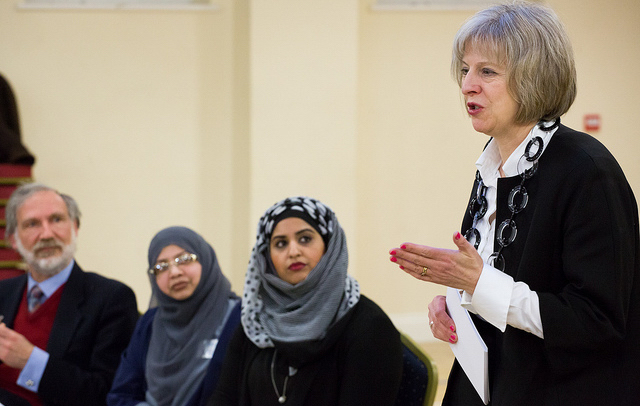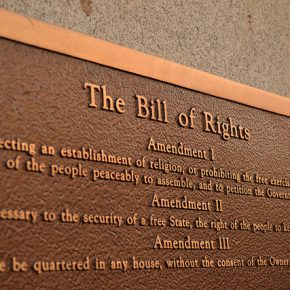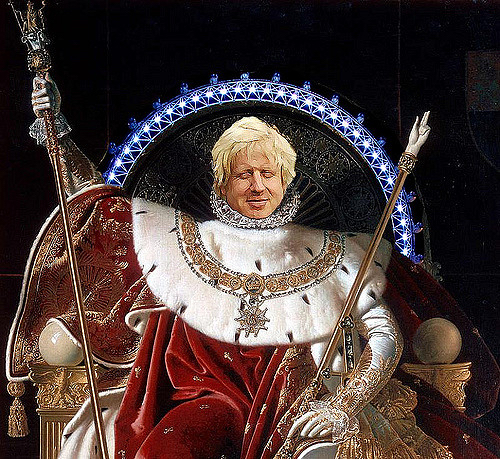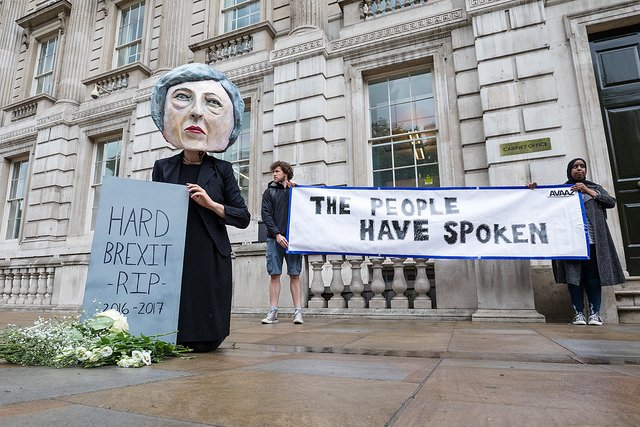So, the heir to Blair is gone, Theresa May has come to power, George Osborne has been replaced with Philip Hammond and Boris Johnson is now in charge of MI6. It’s plausible that the Tories may be returning to its wilderness period in opposition to New Labour. Cameron’s Blair-style of leadership is now over. All that’s left is the mess of party politics before Cameron took over in 2005: fools, creeps, lightweights and nobodies.
Yet inevitably, the new British prime minister will be compared to Margaret Thatcher. Not that May has a substantive political agenda. If Andrea was going to play Thatcher 2.0, she would have faired no better than Theresa. Love her or loathe her, Thatcher was a seizmic figure in UK politics. She redefined the conversation and changed society in a little over a decade. We have remained on the same track ever since, while the political class has changed in style and tactics.
The truth is the Conservatives never got over Thatcher. The Iron Lady’s fall from power left behind a vacuum, which has never really been closed. John Major and David Cameron are passing, managerial figures. Unusually for a Conservative, Thatcher was a formidable ideologue. But let’s pull back for a moment. It’s worth reflecting on the events of recent weeks. Despite appearances the Conservative establishment was hit hard by the Brexit shockwave. The dust has yet to settle.
Electorus interruptus
Once Brexit hit, David Cameron was forced to resign – a decision which clearly stung. By contrast, George Osborne disappeared into the shadows for the weekend. He finally resurfaced to provide reassurances to the business community, after three days in hiding. The look of complete devastation on Osborne’s face must have been very reassuring. Both men – a duo of the major league – were physically shaken by defeat. The Cameron legacy died on June 23, and Osborne’s hopes of taking over died with it.
The Tory government has been rudderless since the leadership contest ensued. At first, everyone thought that the favourite candidate, Boris Johnson, would easily swoop in and become prime minister. Then Johnson committed electorus interruptus with no warning. The Boris campaign was dead before the man could even announce his candidacy. Michael Gove delivered the fatal blow and quickly usurped the candidacy.
This was great drama for political junkies. Boris has been lurking on the sidelines for years – clearly in preparation of a bid for the premiership. He wanted his birthright. Far from a conviction politician, or even a responsible human being, Johnson bet everything on the Leave vote. In actuality, the former London mayor was hoping for a slight Remain vote, which would create the pre-conditions for a hard-right Tory revolt against Cameron. Such a situation would be favourable for a prominent (and opportunistic) figure to seize power.
The chancer got exactly what he didn’t want. Johnson was quick to cleave to the centre-ground in the hope of salvaging a position as a ‘unifying figure’. But this strategy was doomed to fail. The parliamentarians would want a Remain candidate, whereas the members might prefer a Leave campaigner. Boris was seen as a gamble. He had himself stabbed Cameron in the back over the EU debate, giving him just 10 minutes to adjust before he announced his support for Leave.
It was obvious, for some of us from the start. The favourite candidate has lost every Conservative leadership election in the last 60 years. In other words, the commentators get it wrong regularly. The real battle for the ruling party is to reproduce itself as the establishment. If the next leader tries to backtrack from EU withdrawal, the party could well split. It’s even possible that the negotiations could lead to a bloody schism.
The death of the centre
Theresa May was clearly the strongest contender from the outset. Soon she was the last candidate standing, and then the last woman standing. May has a tough reputation on immigration, which plays to her advantage right now. However, it is also clear May is a pragmatist and a centre-right politician more than anything else. She is, no doubt, favoured by establishment figures because she is seen as a “safe pair of hands”. Quietly pro-Remain, May is inoffensive to the party loyalists, but she’s also capable of difficult policies – e.g. the reform of the police.
The problem for Prime Minister May will be walking the thin line necessary to keep both wings of the Conservative Party contented. The eurosceptics will be looking for any sign of compromise, any whiff of retreat or hesitation in the negotiating room. At the same time, there are still strong europhiles in the Tory hierarchy. The former will want red meat on immigration, the latter will recognise the practicalities of free movement.
The UK has had freedom of movement with Ireland on and off since the 1920s. If the new administration wants to control EU migration, the Irish border will have to be patrolled and the symbolism of British troops on the Irish border should not be taken lightly. Likewise, there are over 2 million British emigrants in EU countries. Meanwhile the UK economy has a structural need for migrant labour, and this goes to the heart of the matter.
If it is to reproduce itself, British capitalism has to be reinvigorated. Right-wing eurosceptics want to revitalise the system by tipping further towards the American empire, while turning to the former colonies for trade, as an alternative to the continental European bloc. The centre basically want to extend the current system as it is – propped up by finance and hocked up with debt. But the Left could also push for a new social democratic turn.
Coming out with ‘One Nation‘ rhetoric, May hopes she can differentiate herself from the Cameron era. She acknowledged disparities of race, class and gender in her first speech. But the ‘One Nation’ has a nasty side – namely cultural nationalism. This is somewhat different to so-called ‘compassionate’ conservatism popularised by George W Bush. May will look to forge unity by exclusion. It’s just a question of who gets excluded.
Photograph courtesy of UK Home Office. Published under a Creative Commons license.





